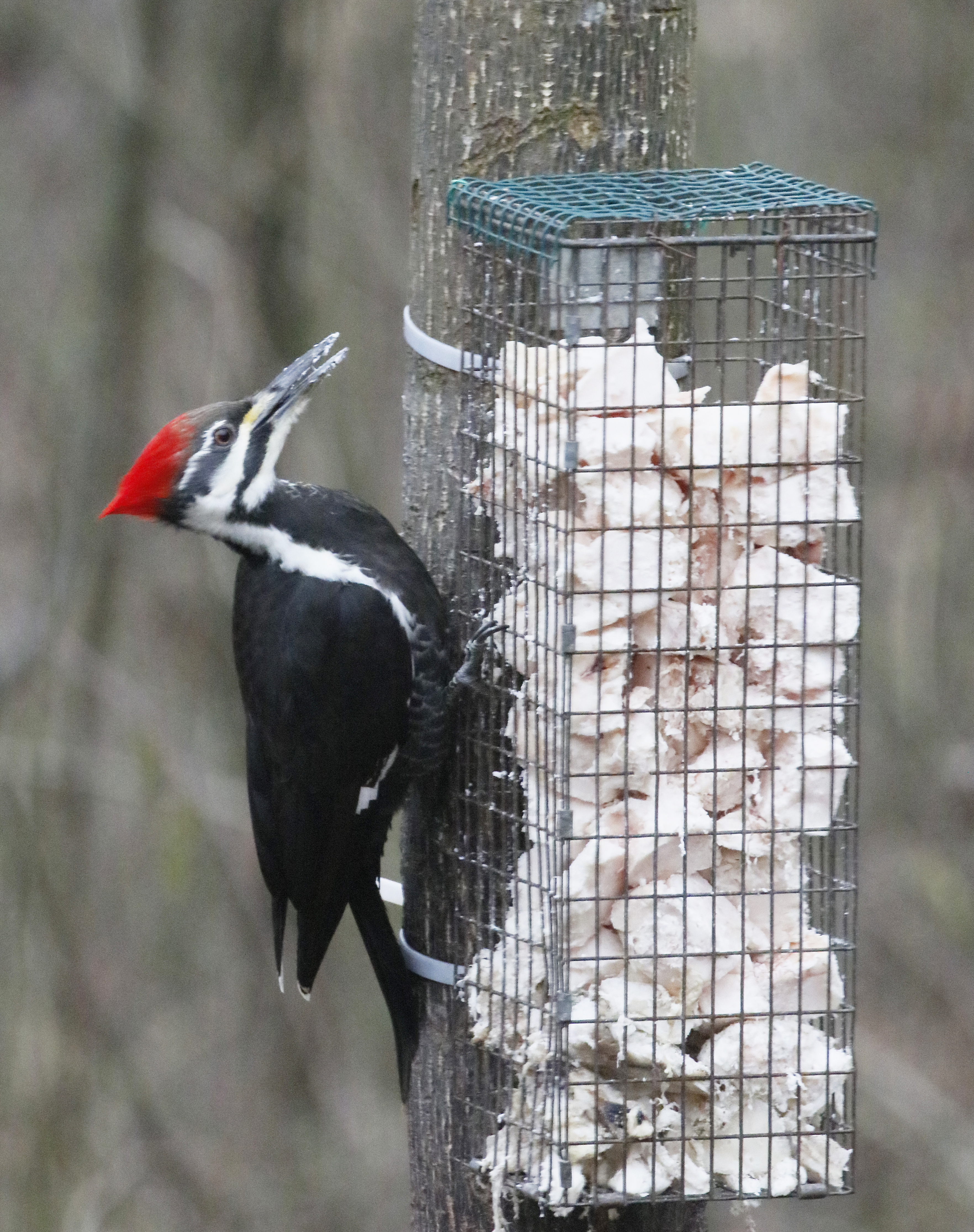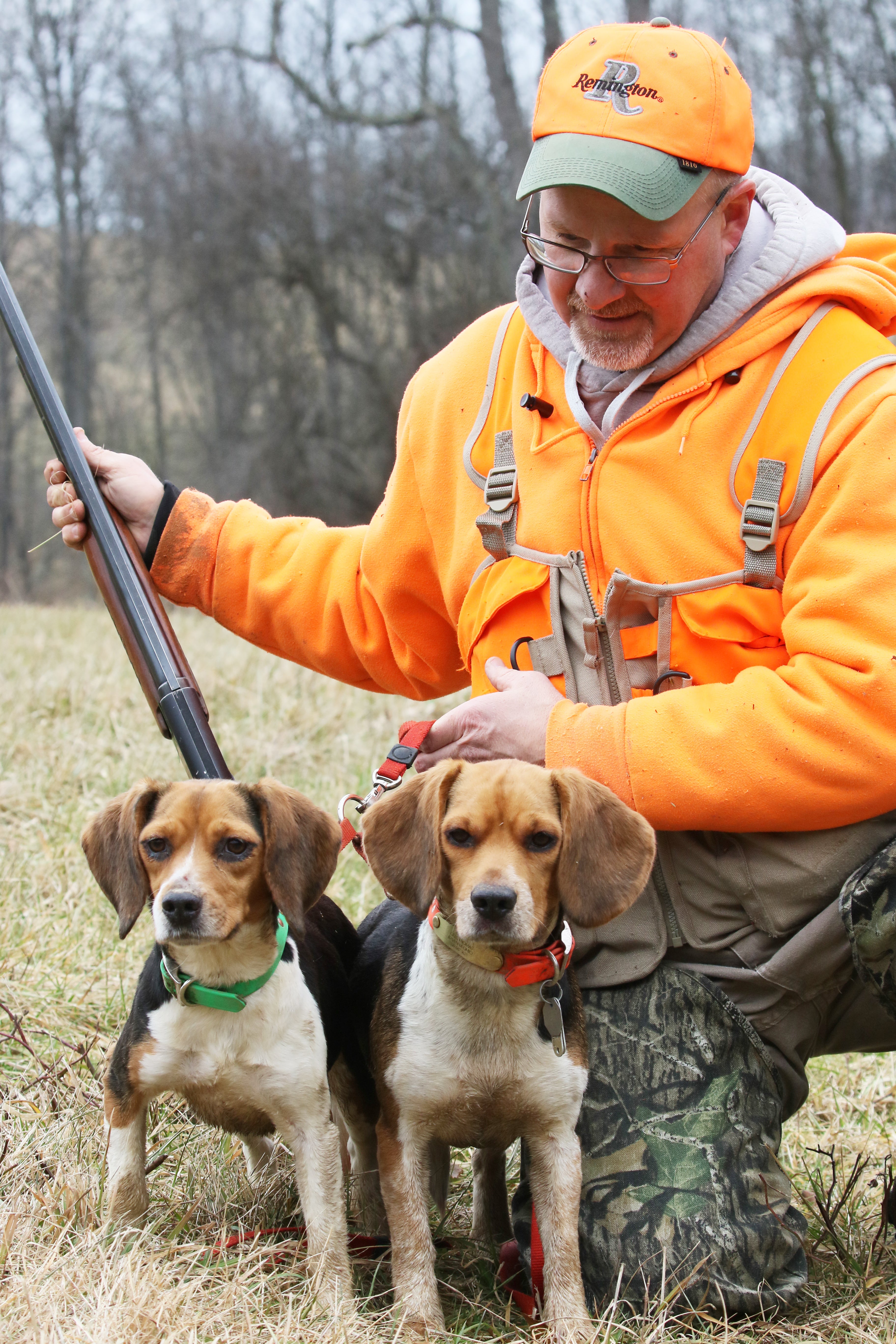Michele Anderson
Q. I would love to see you write an article on native plants to plant in both the front yard (i.e., more attractive) and backyard that would be beneficial for wildlife. Including bushes, etc., for shaded areas, would be a plus. I am an environmentalist, and strive to do anything and everything I can to help our planet and its inhabitants, but this information isn’t readily available. We have a house in Lewis Center and one in Fairfield County. People would probably like to know of flowers native to Ohio, as well, and grass substitutes. I'm allergic to bees, so I don't do flowers.
A. Hi, Michele. That’s a great story idea, but possibly a bit too broad for my monthly Woods, Waters & Wildlife outdoors column. I’m limited to about 600 words, so have to be pretty selective about my topics. That said, much written information about native plants for attracting wildlife is available from the Ohio Division of Wildlife. Just give them a call at 800-WILDLIFE, and let them know what you’re interested in. The best part is that the information is free! I’ll keep your idea in mind, but even if I do write the story it would not appear until at least 2025, as all my monthly story slots are already filled for 2024.
Melanie Davis
Q. Chip: I’m curious about your photo in the February 2024 issue of Ohio Cooperative Living of the pileated woodpecker on the feeder filled with beef suet. Do you just drop big hunks of raw beef fat into the feeder? I saw an article you did a couple years ago about attracting pileateds, but I’m unsure of how you present the suet. I’ve Googled and found recipes for homemade bird suet by rendering it down, then adding seed, nuts, etc., but mine doesn't look white like yours. I’m so wanting to know your secret!
A. Melanie: I buy beef suet in bulk from a local butcher shop (8 to 10 pounds at a time), cut it up into 2- to 3-inch cubes, then just drop the cubes into my cage-style feeders. But the real “secret” I’ve discovered to attracting pileated woodpeckers is the large size of the feeder required. Pileateds are crow-size birds, so they need a large feeder to land on before they can feed. Take a look at the photo in my story again and you’ll see that the feeder is larger than the bird, and I maintain two of them spaced about ten feet apart. One is a hanging feeder suspended on a short metal chain, and the other is attached directly to a tree trunk using plastic zip ties.
Robert Lucas
Q. For a number of years, I kept beagle hounds and raised my sons to enjoy hunting, fishing, and the outdoors in general. Referring to the January 2024 issue of Ohio Cooperative Living magazine, wherein you were featured on the cover, I noted an article which you wrote for the magazine in November 2017. Regrettably, I missed that article; would it be possible to access the article online? I would love to read the article and share it with my sons.
A. Hi, Bob: The story you requested can be found here: https://issuu.com/ohiocooperativeliving/docs/ohio_cooperative_living_-_november_?e=28927513/54624245. Once to the archival digital edition of the magazine, flip to pages 12 and 13. I’m always glad to help a fellow beagler!










